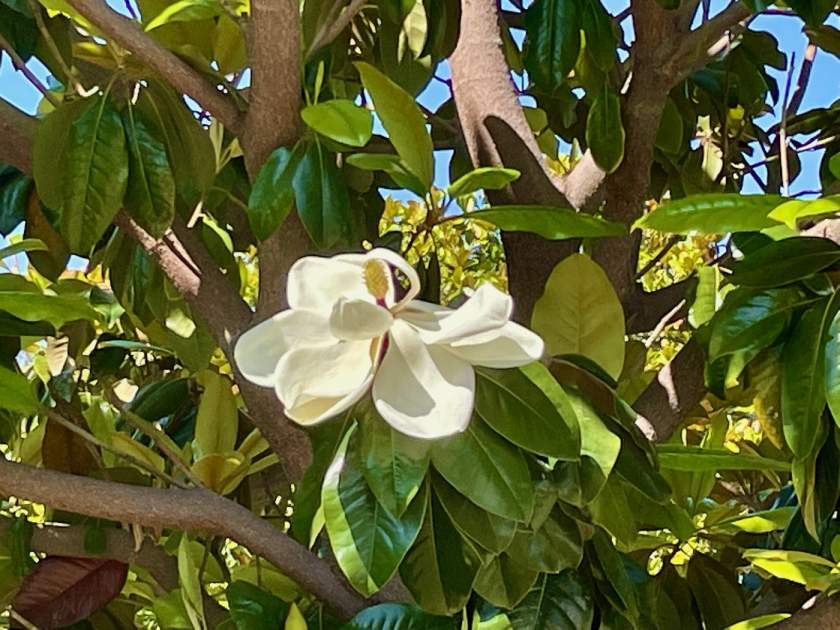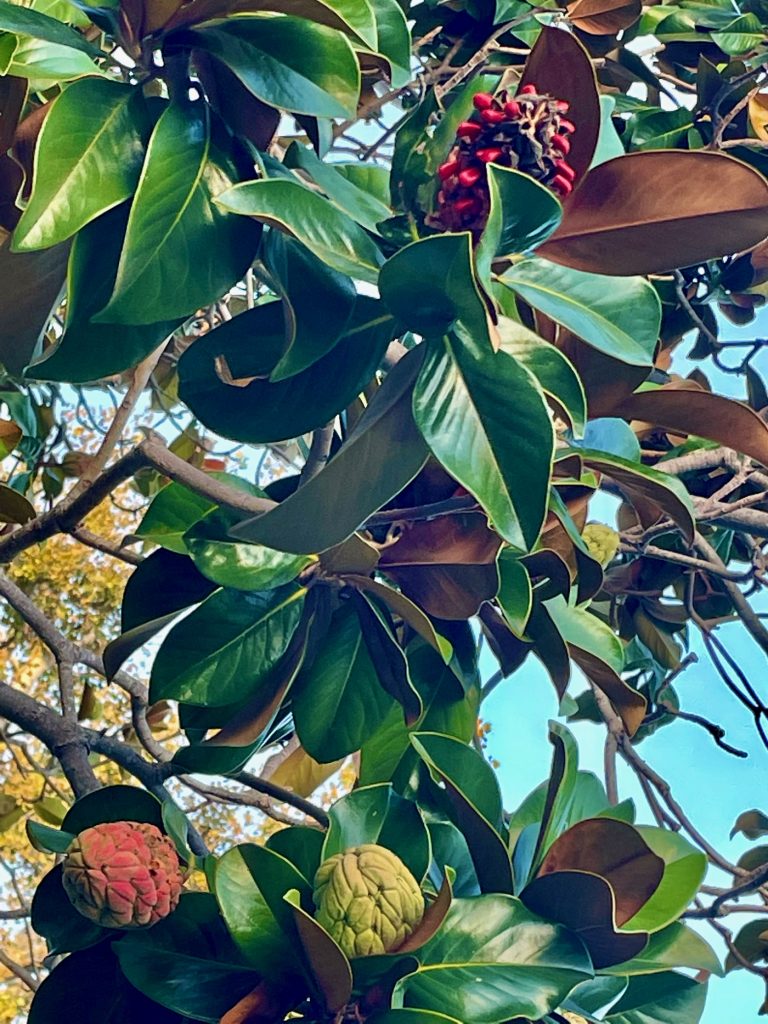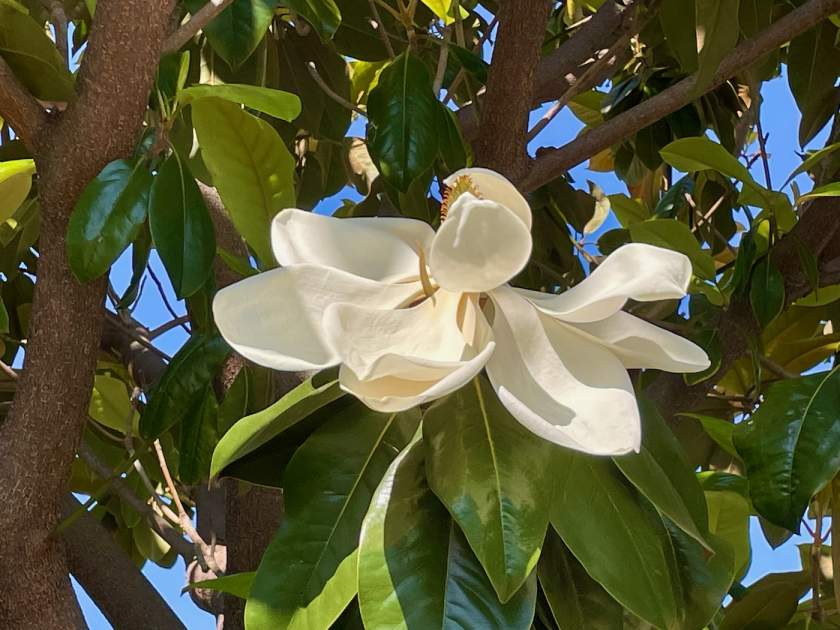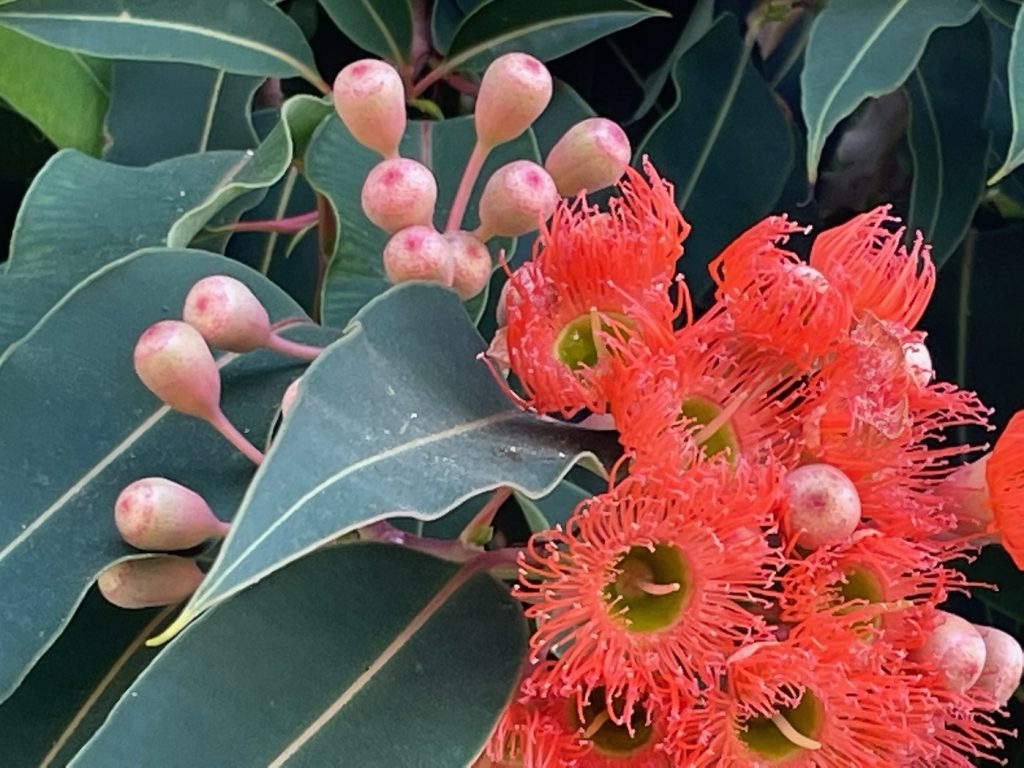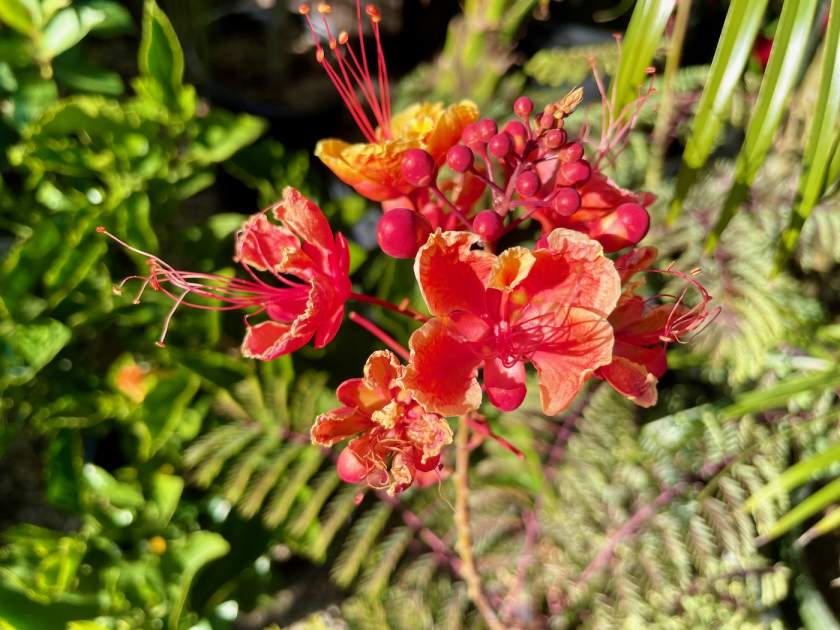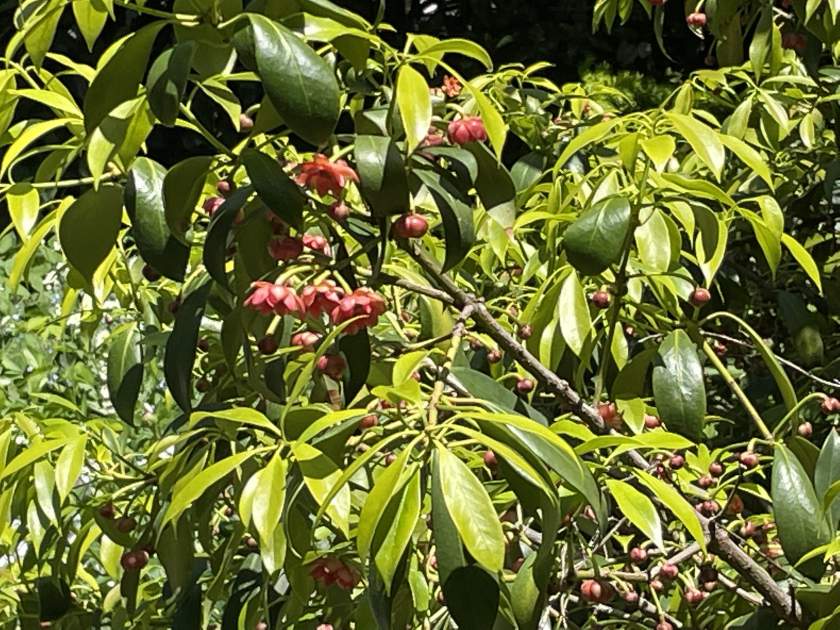Magnolia grandiflora: The Majestic Southern Magnolia
Magnolia grandiflora, commonly known as the Southern Magnolia or Bull Bay, is a magnificent tree belonging to the family Magnoliaceae. Native to the Southeastern United States, it graces the regions from Virginia to central Florida, extending westward to East Texas. Standing tall at a height of up to 90 feet, this striking evergreen tree showcases large, dark-green leaves measuring up to 8 inches in length and 5 inches in width. Adding to its allure are the sizable, fragrant white flowers, spanning up to 12 inches in diameter.
Family and Native Habitat:
Magnolia grandiflora belongs to the family Magnoliaceae, commonly known as the Magnolia Family. Its natural range covers the Southeastern United States, adorning the lowland subtropical forests of the Gulf and South Atlantic coastal plain.
Flowers and Leaves:
The magnificent flowers of Magnolia grandiflora are lemon citronella-scented and boast a remarkable size, reaching up to 12 inches in diameter. They display a waxy texture and emerge from mature twigs in late spring. The fragrant blooms are white, complementing the tree’s glossy dark green, ovate to elliptic leaves, which can grow up to 10 inches long and are often scurfy underneath with yellow-brown pubescence.
Cultivation of Magnolia grandiflora:
Sunlight: Magnolia grandiflora thrives in full sun to part shade. While it can tolerate a range of light conditions, partial shade is often preferred for optimal growth.
Watering: This tree requires medium watering, ensuring the soil stays moist but not waterlogged. Maintaining proper moisture levels is essential, especially during dry periods.
Soil: A well-drained and organically rich soil is ideal for Magnolia grandiflora. Avoid extremes of dry or wet soils to promote healthy growth.
Pest and Disease: While generally hardy, this magnificent tree is intolerant of various urban pollutants. In general, it faces few serious pest or disease problems.
Propagation:
Propagation of Magnolia grandiflora can be achieved through various methods:
Seeds: The fleshy, conelike fruit of the Magnolia tree contains seeds, which mature from September through the late fall. These seeds are drupelike, boasting a soft, fleshy outer seedcoat and an inner stony portion. The tree is a prolific seed producer, ensuring good seed crops nearly every year.
Cuttings: Another way to propagate Magnolia grandiflora is through cuttings. Take 4-6 inch cuttings from healthy plants in the spring or summer. Remove the leaves from the lower half of the cutting, dip the cut end in the rooting hormone, and plant it in a pot filled with moist potting mix. Place the pot in a warm, shaded location, and the cuttings will root successfully in about 4-6 weeks.
Magnolia grandiflora is a captivating tree that brings elegance and fragrance to its surroundings. Its large, showy white flowers and glossy evergreen leaves make it a beloved choice for gardens and landscapes alike. With proper care and attention, this majestic tree will continue to grace the Southeastern United States and beyond, adding its unique charm to the natural beauty of its native habitats.

